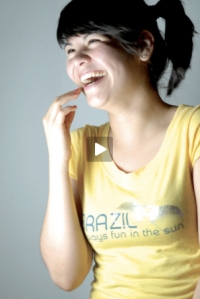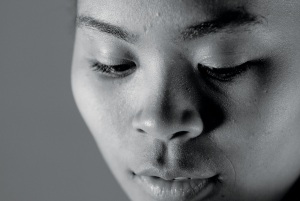Posts tagged ‘being there’
Josh Schachter, Tucson’s superhero of community-based art
“To me, great images that are going to create change have a sense of emotion and question our most basic assumptions about the world.”
This is Josh Schachter talking; a community-based artist living in Tucson, Arizona.
Community-based photography, which gained international attention thanks to Zana Briski and the 2004 Academy-Award-winning documentary film Born into Brothels, is when artists lead a community through a process of making and exhibiting art.
“When I was doing my graduate work in Forestry and Environmental Management, I wasn’t that focused on photography,” says Schachter. “And I guess as I started doing urban forestry in New Haven, I realized I didn’t really know what was going on in my own city…
“And so I started really wanting to find out how community members perceived their own community and their own environment, vs. how I would tell the story of their neighborhoods and their communities if I was hired as a documentary photographer.”
So four years ago Schachter began to build the Finding Voice Project, which merges a photography curriculum with a more traditional after-school ESL program for refugee and immigrant teenagers.
Instead of advocating for his students by documenting them directly, Schacter teaches his students how to advocate for themselves, first by creating a story and then by distributing that story to the relevant audiences.
“Great images, that aren’t effectively distributed, don’t create a lot of social change,” he says.
But there are some meaty ethical conundrums inherent in this kind of work. One is how to achieve the appropriate balance between your voice as the artist, and the voices of the community you’re working with. “My own aesthetic preferences do come through in their work. Whether I want them to or not,” says Schachter of his students. “So I think it really has to be seen as a collaboration.”
Another issue is the sustainability of each project. Are the skills you are teaching relevant to that community? Will the opportunities you create in a place continue after you leave? “Another big challenge is thinking about how to match the technology with the community’s needs and capacity. So I also often question whether digital photography is the right tool, in a community with no power?!”
Josh laughs as he says that, because it seems so obviously silly. But of course, workshops in rural areas—off the grid—use digital media all the time, and the reasons for it are complex. Sometimes there are generators. Used digital cameras are cheap, abundant, and what donors and workshop facilitators are familiar with. And it’s not that it’s wrong to use them…it’s just that it isn’t automatically right.
“Sometimes people say that most of photography is just being there,” says Schachter. “And I think if you’ve lived you’re whole life in a place, you know where to be. And I think that in itself influences the nature of the images that the communities produce.”
All of the previous images have been made by Josh’s students. Below is one of his own.
And a quick shout out: Andy Levin of 100Eyes is leading a community based workshop in Haiti and needs cameras. It was scheduled prior to the earthquake, and they are proceeding as planned. If you have any cameras you could donate, please email him: levin.pix AT gmail.com






